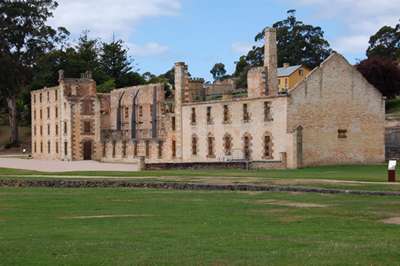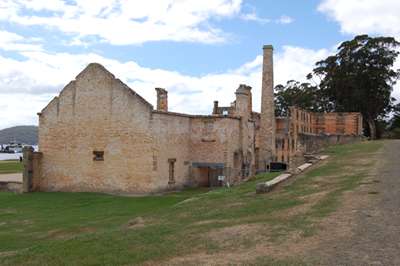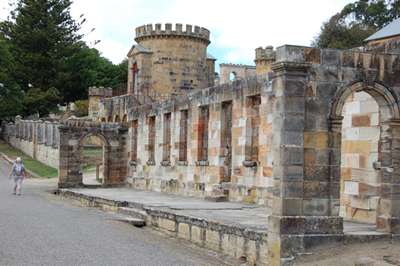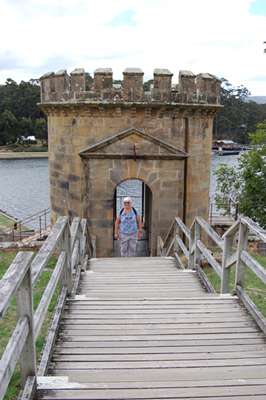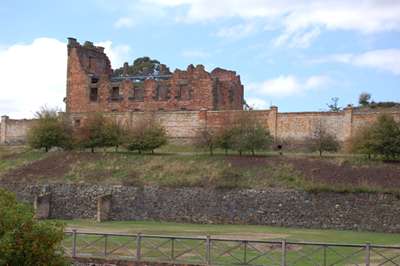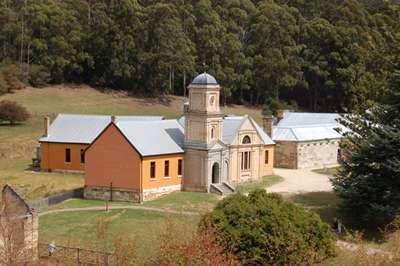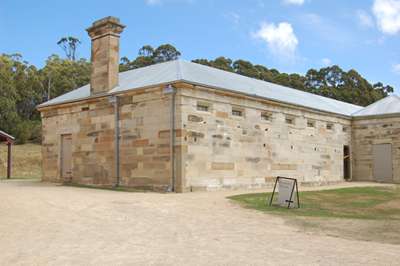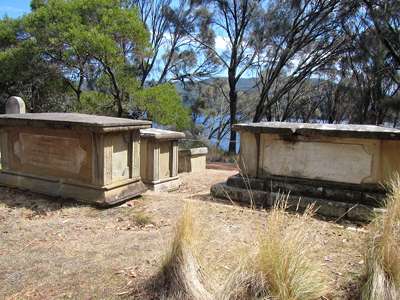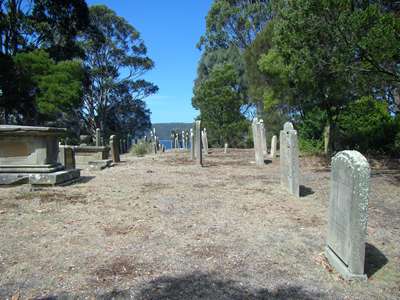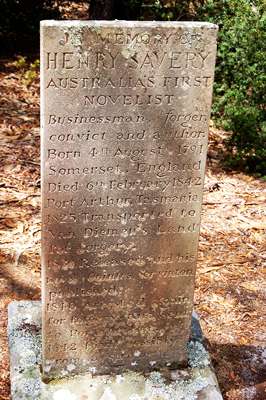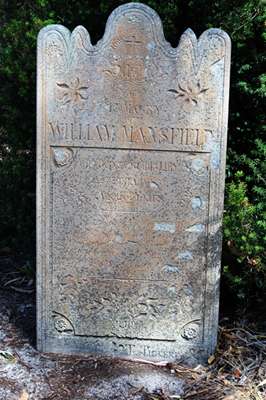Port Arthur

|
Thursday 11th February 2016 World Heritage-listed Port Arthur Historic Site is spread
out over a large area, and so we were pleased to find that our entrance tickets
gave us two days to explore. We signed up for a trip across the water to
the Isle of the Dead today, and tomorrow another to the boys’ prison at
Point Puer. We also signed up for an after-hours visit tomorrow evening
which includes dinner at the on-site restaurant followed by a ghost tour by
torchlight around the site. With all that organised, we joined the group
waiting outside for the next guided walking tour. Port Arthur began life in 1830 as a small timber station,
and from 1833 until the 1850’s some of the colony’s most hardened criminals
were taken there to work. Its location on the Tasman Peninsula made it a
very secure prison, as there is only one way off the peninsula, via a very
narrow isthmus which was very easy to guard. Any escapees could be easily
seen, captured and returned to the prison. Our guide told the tale of one
bright chap who thought to fool the guards by disguising himself in a kangaroo skin.
It seems he fared even worse as the guards saw him and started shooting at
their next tasty meal!
The main penitentiary building.
The guardhouse.
The guardhouse tower...looking down onto the
penitentiary.
Some buildings are in a natural state of decay. Others
have been restored. The first decade of settlement at Port Arthur saw a penal
station hacked out of the bush and the establishment of manufacturing –
shipbuilding, shoemaking, smithing, timber and brickmaking. The 1840’s
saw its consolidation as a penal and industrial settlement, and its convict
population reached over 1100. In 1849-50 the Separate Prison was built, modelled closely
on Pentonville Prison. Harsh, physical punishment of the convicts was
replaced with punishment of the mind. The building was cruciform
shaped, and each of the four wings comprised a central corridor lined with
solitary confinement cells. Separated by thick sandstone walls, it was
hoped that the convicts would benefit from contemplative silence and
separation. This regime was designed to achieve the most intense social isolation
and control. Inside their cells for 23 hours a day, they were made to wear
masks when outside to prevent communication. It is little wonder that another
building was subsequently added – an asylum.
The Separate Prison. After lunch we took a trip across the water to the Isle of
the Dead. Between 1833 and 1877 over 1000 people – convict and free
– were buried on this tiny cemetery island. It has two distinct
burial sections, with convicts buried in largely unmarked graves on the low
southern end, and the free and military burials marked by headstones, some of
them very ornate, up on the high northern end. It appears there was to be
no equality, even in death.
Graves of military and free men and their families on the
higher northern end of the Isle of the Dead.
Henry Savery, born Somerset, England. Novelist and
forger. This headstone one of several
carved by convict T. Pickering. It was interesting to hear the personal stories of some of
those buried here, including convicts transported halfway around the world,
soldiers who gave their lives to guard the prison, men in positions of
responsibility and the families who followed them to this far-flung corner of
the world. |
